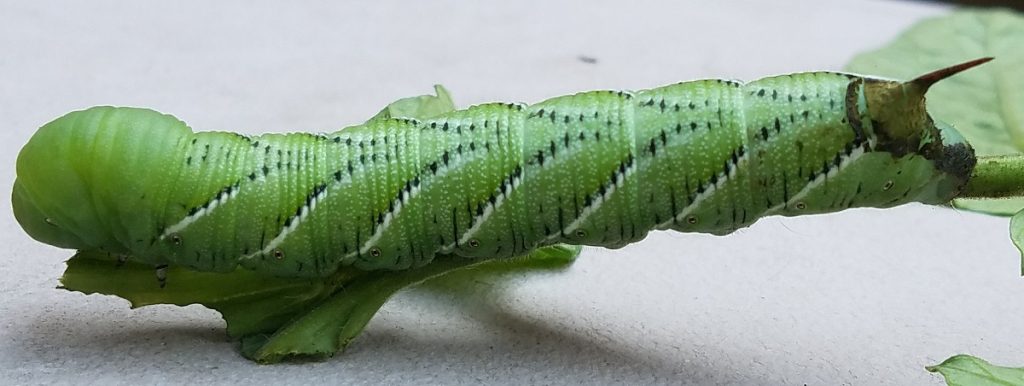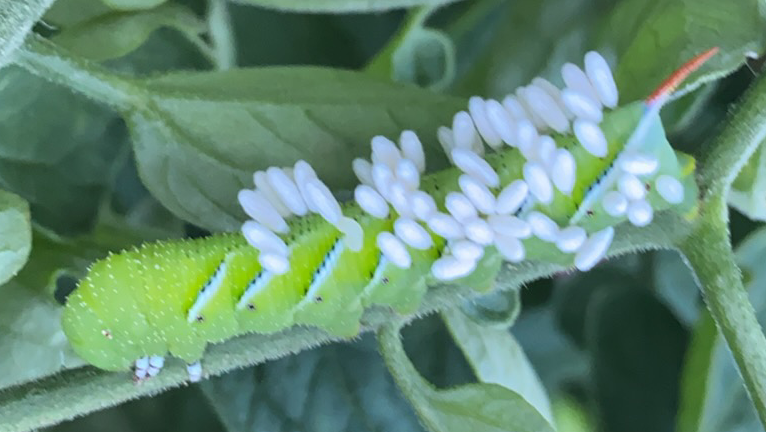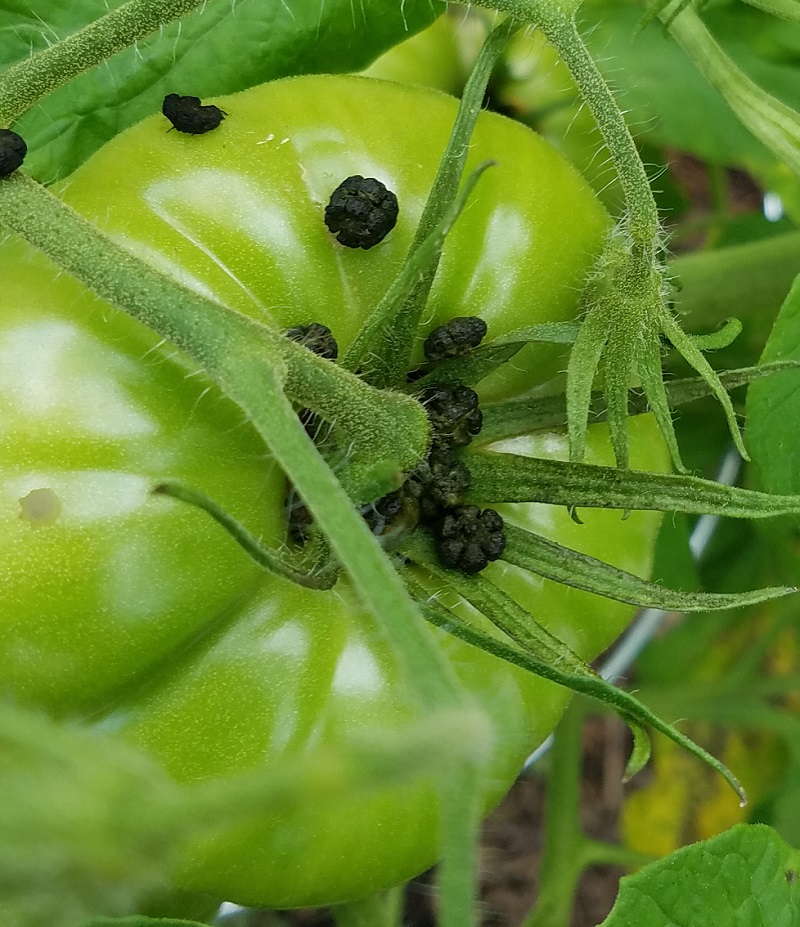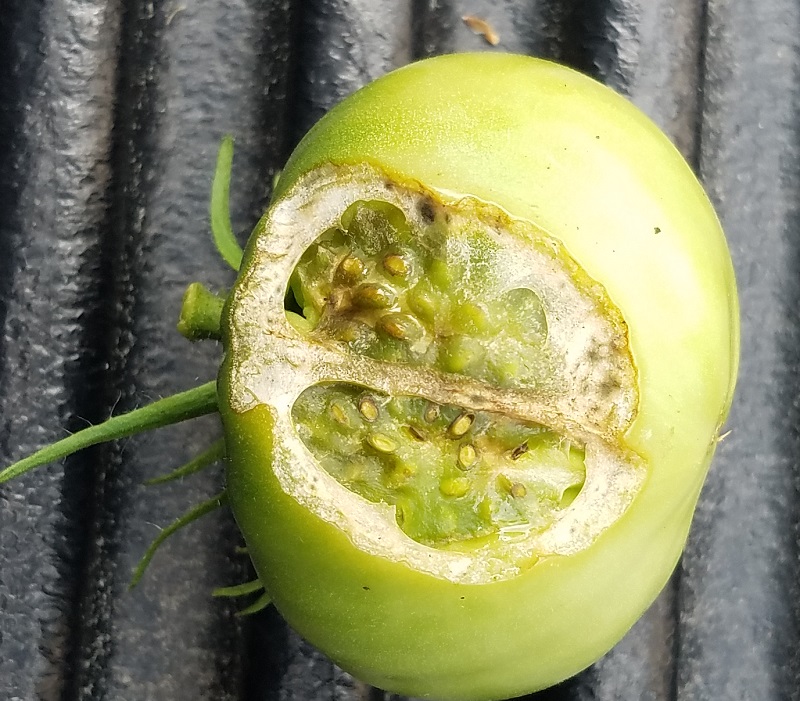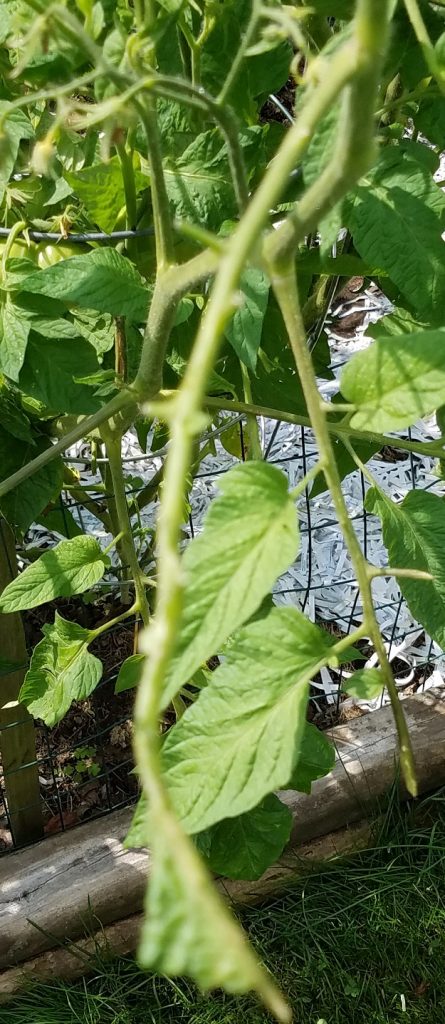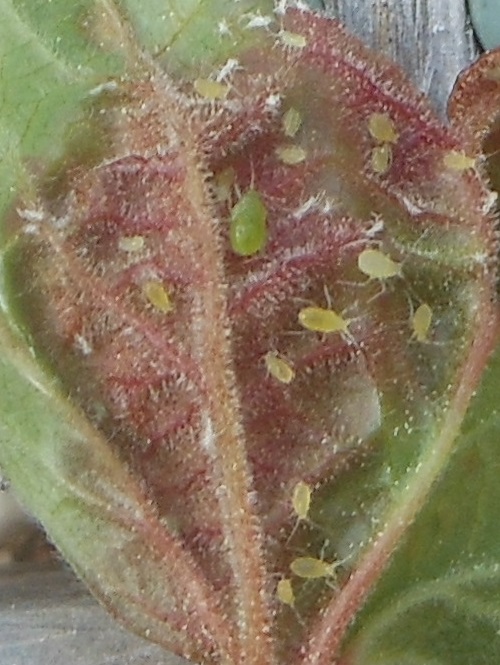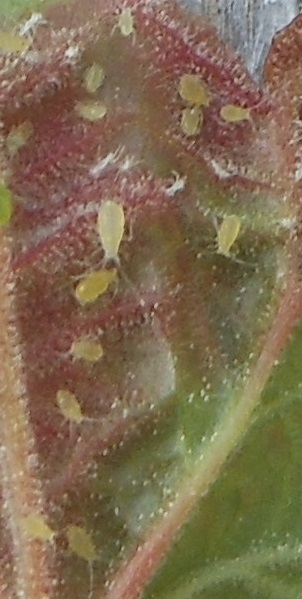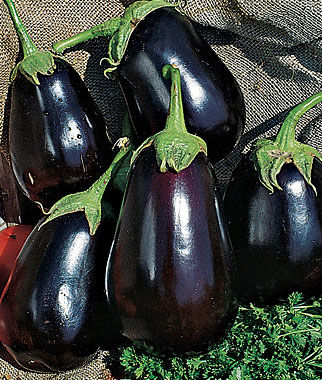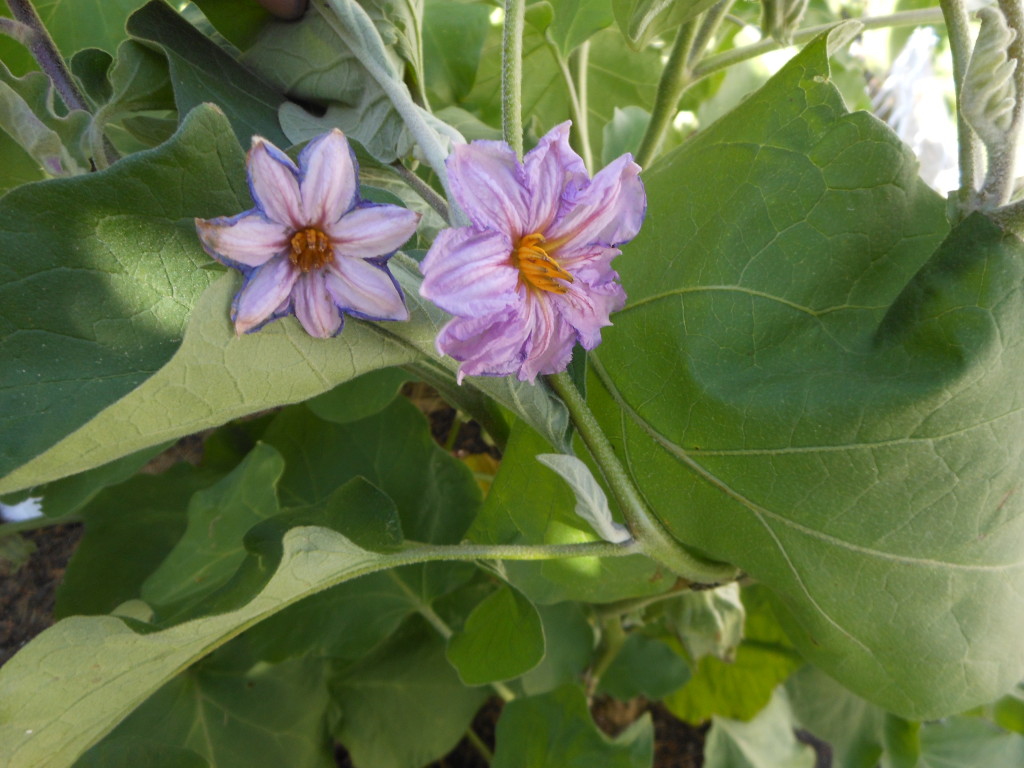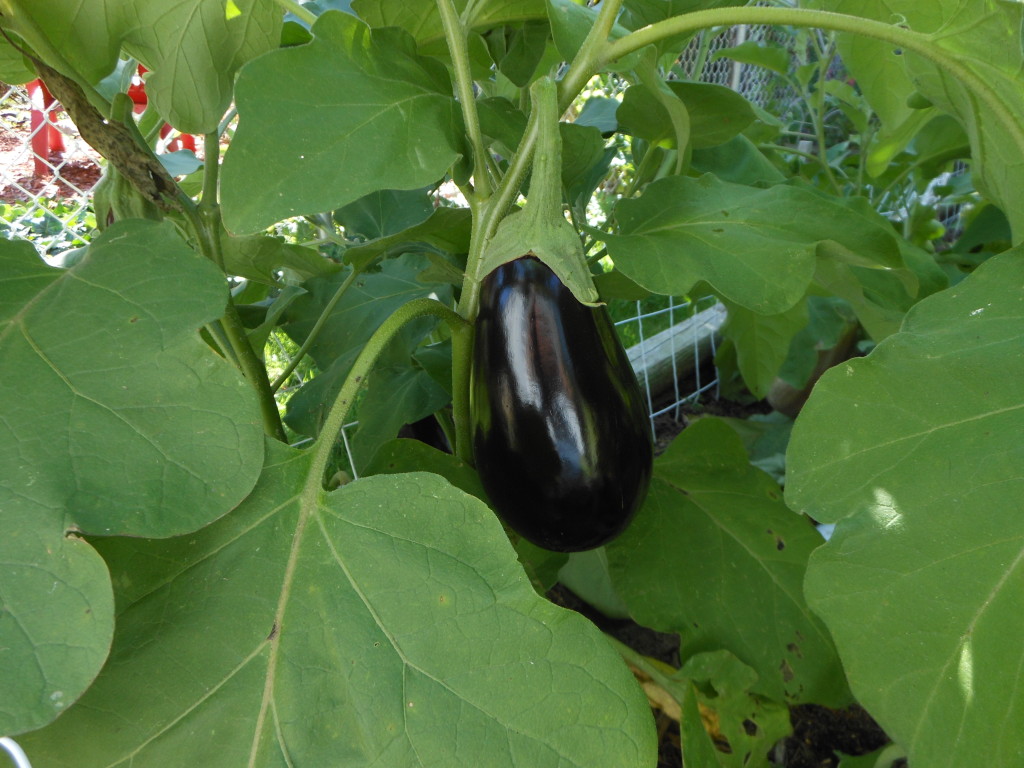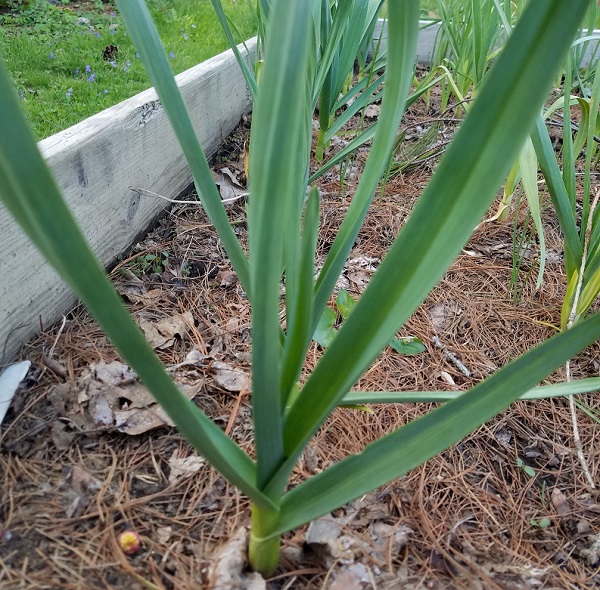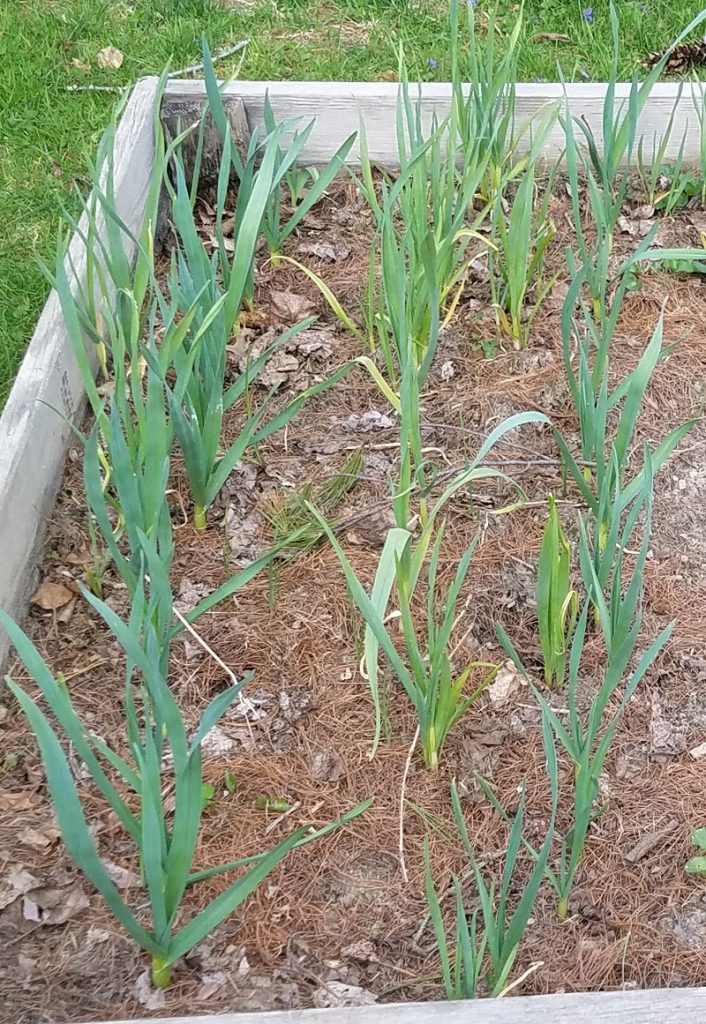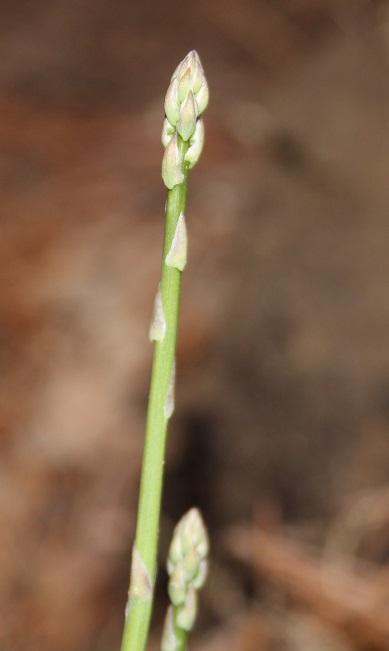Carrot Gardening Information for the Gardener
Carrots belong to the Apiaceae family, which also includes dill, cilantro, parsley, and celery. Though they’re biennial plants, carrot gardening typically cultivates the root as annuals, harvesting the long taproot at the end of the first season. If allowed to continue growing, they will flower and set seeds during the second year. Carrots produce a rosette of leaves above the ground and a long, fleshy taproot below the soil. Depending on the variety, the root can grow between 2 to 20 inches long, with a diameter of up to 2 inches. During the first year, the foliage typically reaches a height of around 12″. During the second year, when it flowers, the plant can grow as tall as 59 inches.
Types And Varieties
Besides being crunchy and tasty, carrots are nutritious vegetables. They are a good source of fibers, beta carotene, potassium, and antioxidants. Many different types of carrots exist, ranging in color, sizes, and shapes. Besides the orange-colored carrots you’re familiar with, yellow, white, red, and purple carrots also exist.
Common Varieties Of Carrots
- Deep Purple Hybrid – This 7 to 8 inches long carrot reaches maturity in 75 to 80 days and comes in a deep purple color to make a bright addition to salads and dips. Though the unique hue runs all the way through the root, it will fade a bit when cooked, which is why it’s usually consumed raw.
- Little Fingers – Maturing earlier than others, this variety can be harvested in only 55 days. The miniature roots, up to 4 inches in length, feature an attractive orange color and are packed with sweetness.
- Touchon – This is a sweet and tender heirloom variety that matures earlier than most others and is great for salads. The classic orange roots take about 65 days to mature, reaching a length of 6 inches.
- Solar Yellow – It’s a beautiful yellow heirloom carrot, sweet and crisp in flavor. They grow to about 7 inches in length, maturing in about 60 to 70 days from germination.
Carrots yield about 7 to 10 pounds for every 10-foot row. Grow about 30 plants for each person spacing them 1.5 to 2 inches apart in rows spaced at least 1 foot apart.
Temperature and Timing For Growing Carrots
Carrots are cool-season crops that are best grown in early spring and late fall. Day temperatures of 75°F and night temperatures of 55°F are best for their growth. You can sow the seeds outdoors 3 to 5 weeks before the last spring frost for a spring crop. Successive plantings can be continued until late spring for a continued harvest in the summers. For a fall crop, you can start planting 10 weeks before the first fall frost.
Sun Exposure And Soil Requirements
Though they can tolerate partial shade, carrots grow best when exposed to full sunlight. Make sure they get about 6 to 8 hours of direct sunlight each day.
Loose soil, sandy or loamy, is very important for carrot gardening to grow long straight roots. Work the soil before planting the seeds and remove any stones and debris from the area. Amend it with plenty of organic matter and compost.
How To Plant Carrots
Carrot gardening starts by sowing the seeds directly in the garden, 3 to 5 weeks before the last spring frost. Since they have long taproots, it’s recommended not to disturb them by transplanting. They are best planted in their permanent spot right from the start. Sow the seeds ¼ inch deep, spaced 1 to 2 inches apart in rows that are at least a foot apart. You can sow them closer together and thin them to 3 inches apart once they are around 4 inches tall. Cut off the top with scissors instead of pulling out the roots since they may damage the surrounding roots.
You’ll have to wait for around 2 to 3 weeks to see sprouting. Keep the soil moist during germination by sprinkling water frequently. Spread a thin layer of vermiculite over the soil surface to prevent it from forming a crust. Since the carrot seeds are very small, they’ll have a harder time sprouting if the soil forms a hard crust over them.
Provide about 1 inch of water per week during the first few weeks of development, increasing to about 2 inches per week as the roots approach maturity. Water the carrots deeply each time the soil dries out to a depth of 3 inches (you can check with your finger). Carrots follow the moisture into the soil, so if you water them deeply and less often instead of frequent, shallow watering, you’ll find long straight roots.
Keep the bed well weeded, but snip the weeds instead of pulling them so you don’t disturb the developing roots. Once the tops are 3 to 4 inches tall, you can fertilize the crop with a low-nitrogen fertilizer, such as 5-15-15. Excess nitrogen will promote green growth instead of favoring the roots.
Harvest
At the end of a successful carrot gardening season, you can expect a bright, flavorful harvest. Here’s how to harvest carrots:
- Harvest the roots as soon as they reach the expected size. If you allow them to grow too big, they’ll start losing their flavor and will grow tougher.
- Gently push away some dirt from the top of one of the carrots to check the size. Shey should be at least ½ an inch in diameter at the time of harvest. However, the exact size varies with the variety.
- When growing carrots in spring, make sure you harvest them before the temperatures soar. High temperatures can turn the roots too fibrous.
- For a fall harvest, let them stay in the ground, exposed to one or more frosts since it will enhance the flavors. If you want to keep them in the ground for harvesting later, spread several inches of mulch over them to keep them well protected.
- When it’s time to harvest, loosen the earth around them and lift them gently out of the soil with your hands, taking care not to break the roots.
Storing
Cut off the excess foliage, leaving ½ inch attached to the top. Wash away the dirt and wrap it unpeeled in damp paper towels before keeping them in the refrigerator. Stored in this way, fresh carrots can last up to a month.
You can also keep them in the ground through the winters and dig them as needed unless the ground freezes over. However, if left in the ground all winter long, be sure to harvest them before spring when the tops resume new growth.
If the ground is expected to freeze during the winters, you can keep the carrots in the ground mulched with a 12 to 18-inch layer of shredded leaves, hay, or straw.
Pests And Diseases
Pests
- Carrot rust fly is a common problem for carrot crops growing in temperate regions. The larvae dig through the roots eating the carrot and leaving unsightly holes on the surface. Install row covers at the time of planting before the adult fly has a chance to lay eggs around the plants.
- Aphids are soft-bodied insects that can usually be spotted on the underside of leaves and are green or yellow in color. They secrete a sugary substance that promotes the growth of mold on plants. If the infestation is limited to a few leaves or shoots, you can prune them out to prevent spread to the surrounding shoots and plants. Insecticidal soaps can also be used to control spread.
Diseases
- Alternaria blight is a fungal disease that appears as brown water-soaked lesions on leaves’ edges. Initially, the older leaves are affected, curling and eventually dying as a result. If the disease hits the crop at an early stage, roots are unable to reach maturity. Grow resistant varieties and avoid soaking the leaves when watering the plants to protect the plants from this disease.
With this article, you are ready to start a successful carrot growing season!
